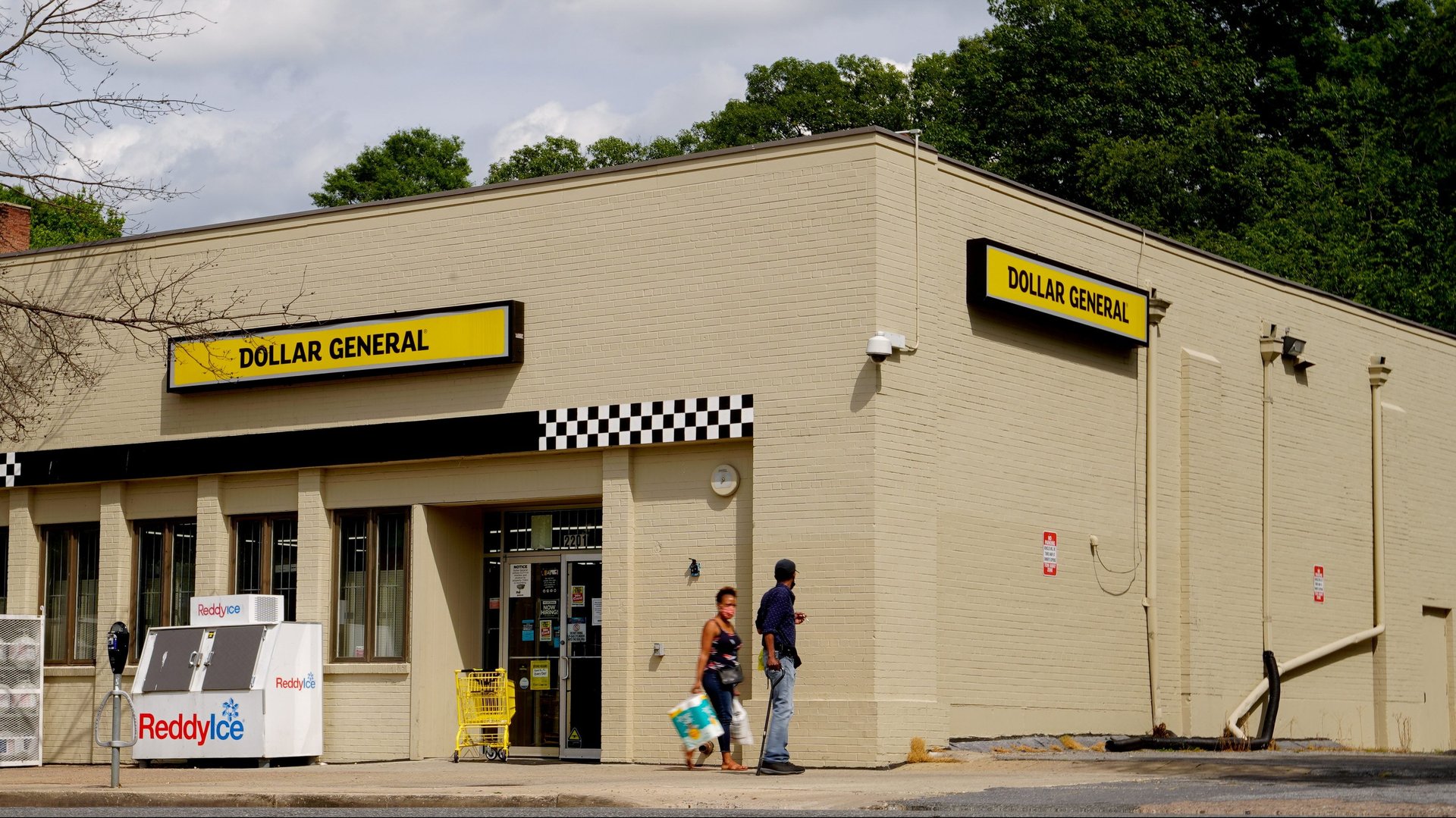Even dollar stores are offering delivery now
In October, Dollar Tree said that it expanded its partnership with Instacart to now include same-delivery from nearly 7,000 stores. Last month, Dollar General announced it was partnering with DoorDash to provide delivery in under an hour from more than 10,000 locations with the aim of reaching new customers.


In October, Dollar Tree said that it expanded its partnership with Instacart to now include same-delivery from nearly 7,000 stores. Last month, Dollar General announced it was partnering with DoorDash to provide delivery in under an hour from more than 10,000 locations with the aim of reaching new customers.
The demand for delivery persists. Once limited to pizza chains and a few urban supermarkets it’s now hard to find a retailer, supermarket, or restaurant that doesn’t offer delivery. On-demand delivery companies including DoorDash, Instacart, and Uber are aiming to partner with as many companies as they can to deliver food, groceries, and household goods.
The fact that dollar stores, which are largely located outside of major metros and cater to low-income people, now offer delivery reflects how widespread and accessible the service has become in the US. Everyone eats, and for these companies and their investors, there is a much bigger opportunity in delivering food and essentials than in offering ride-hailing or hotel rooms. Though food delivery companies still have not turned a profit, their service has become as ubiquitous as eating out at a restaurant or going to the store.
Since January 2018, the amount of money spent on meal delivery by low-income people had grown faster than the dollars spent by higher-income people, according to data from Earnest Research, a data analytics firm. Overall, both spending on meal delivery and grocery delivery has seen a surge during the pandemic, in part due to lockdowns and government relief.
The opportunity is outside the big cities
There’s a big “opportunity to tap into a growth segment as delivery goes more mainstream,” said Zachary Amsel, director of data analytics at Earnest Research, which analyzes real-time data for investment firms and consumer companies. DoorDash, the leader in the US food delivery market, invested early in the suburbs, where the average order size tends to be higher. Online orders were growing faster in the suburbs than in large cities, as these “markets have been historically underserved by merchants and platforms that enable on-demand delivery,” the company stated in its S-1 filing.
While delivery is challenging for low-margins businesses, both Dollar Tree and Dollar General have said on recent conference calls with investors that they are investing in digital offerings to reflect their customers’ evolving needs. While numbers on the delivery service were not shared publicly, Michael Witynski, CEO of Dollar Tree, said that he was “very pleased with the initial results from the latest expansion.” Dollar General’s chief operating officer Jeffery Owen said on a recent call with investors that delivery is having a “better-than-expected customer trial.”
There is a real need for delivery for low-income people, particularly around healthcare in rural communities. Dollar General CEO Todd Vasos suggested that, in the future, there could be an opportunity for the company to provide prescription delivery. “[W]hat we’re going to be squarely focused on here is…those services that rural America today especially doesn’t have access to,” he said, on a call with investors in August. Even before the pandemic, low-income people were already using meal delivery service and part of the reason could be that those of lower income have less time to prepare meals, said Wendy Wood, a professor of psychology and business at University of Southern California.
More broadly, the data reflect the staying power of the on-demand economy, where it’s easy to whip out a phone, order stuff, and get it delivered straight to the door, said Tom White, a senior equity research analyst who focuses on internet companies at DA Davidson, a financial services firm, in an email. And while online grocery is lagging, he expects to see similar trends, if not stronger, for grocery delivery over time.